Top 10 ’80s Songs by the Who
YouTube @ TheWho / Polydor / Atco / Atlantic
By 1982, the Who had scored a pair of Top 10 albums in the U.S., with 1981’s platinum-selling Face Dances and the gold-certified follow-up It’s Hard marking the beginning of their post-Keith Moon era with replacement drummer Kenney Jones.
Townshend’s nascent solo career was taking off, as well. His likewise platinum-selling Empty Glass rose to No. 5 in the U.S. in 1980, largely on the strength of Townshend’s infectious Top 10 hit “Let My Love Open the Door.” His 1982 follow-up All the Best Cowboys Have Chinese Eyes then reached the Billboard Top 30, despite its admittedly confusing title.
READ MORE: The Who’s Most Underrated Songs
The Who subsequently fell silent, but its two best-known members roared back in 1985 with Townshend’s gold-selling Top 30 hit solo album White City: A Novel and Roger Daltrey‘s Under a Raging Moon, which just missed the U.S. Top 40.
Their band didn’t return to the road until 1989, and by then Kenney Jones had moved on after two LPs and related concert appearances that included a memorable turn at Live Aid. “I would have given anything not to have joined the Who,” the former Faces and Small Faces drummer later admitted, “because I would have given anything for Moonie to still be there. There is only one drummer for the Who — and that’s Keith Moon. And that’s the way it will always be.”
The next new Who album was 2006’s Endless Wire and they didn’t release another until 2019’s self-titled Who. After 1989’s The Iron Man: The Musical by Pete Townshend, his lone solo album remained 1993’s Psychoderelict. That added a certain gravitas to what they did in the ’80s. It was the end of the era:
No. 10. “It’s Hard”
From: It’s Hard (1982)
An early version of this song, then titled “Popular,” was rejected during sessions for 1981’s Face Dances and reworked with a new chorus. The result is just one of the contemporary Pete Townshend tracks that doesn’t seem to have been written with Roger Daltrey’s cadence in mind, including the somehow even more wordy “Cry If You Want.” “It’s Hard” then failed to chart after the lead single “Athena” reached a high-water mark among the Top 40 in both America and the U.K. Still, a bouncy propulsion carries everything along.
No. 9. “Don’t Let Go the Coat”
From: Face Dances (1981)
Townshend wasn’t quite sure what inspired the title of the Who’s first album without Keith Moon. Was it a friend making strange expressions while moving a match from side to side in his mouth – or the chameleon-like Face Dancers from Frank Herbert’s Dune series? The subject matter of “Don’t Let Go the Coat” presents a similar mystery: Was it a tribute to Townshend’s spiritual guru Meher Baba, referenced in part on 1971’s “Baba O’Riley”? Or to Townshend’s parents, who took care of him during a descent into drugs and alcohol?
No. 8. “Give Blood”
From: Pete Townshend’s White City: A Novel (1985)
The opening track for Townshend’s fourth solo album came together in an off-handed way. In fact, he didn’t even play on it. Townshend had brought in Pink Floyd guitarist David Gilmour, bassist Pino Palladino and drummer Simon Phillips – but he didn’t have a completed song for them. He presented a few demo ideas, then finished the lyric later. Palladino was called at the last minute when founding bassist John Entwistle subsequently died on the eve of the Who’s 2002 U.S. tour and remained with them for years.
No. 7. “I’ve Known No War”
From: It’s Hard (1982)
This isn’t exactly the most musical song on It’s Hard, but the bluntly honest “I’ve Known No War” may be the most important. Townshend thought so: “It’s possibly one of the best Who tracks we’ve ever done, I believe,” he later said. “It’s very archetypal, very ’60s issue, but it’s also bloody great.” Everything started with the very Cold War construct of a clock ticking. The underlying message – “basically we’re a bunch of spoilt brats,” Townshend admitted – would resonate for generations.
No. 6. “After the Fire”
From: Roger Dalrey’s Under a Raging Moon (1985)
This was supposed to be presented as new material during the Who’s Live Aid performance. Instead, Townshend’s “After the Fire” became the highlight of an emotionally unbound Roger Daltrey solo album – then was largely forgotten. “After the Fire” could get no higher than No. 48 on the Hot 100. It’s a shame, because this track is in many ways a match of Townshend’s far more celebrated “Slit Skirts” in the way that it deals with the wounds that time conveys — and the weird mixture of anger and regret that remain.
No. 5. “Eminence Front”
From: It’s Hard (1982)
There’s no denying that “Eminence Front” boasts a gas pedal-mashing groove – but listen more closely: John Entwistle thunks his bass, but without the murderous intent we’ve come to expect. And that tense little keyboard figure can’t obscure the fact that Roger Daltrey is nowhere to be found. Instead of ending It’s Hard with a sense of newfound direction from the remaining three founding members, this sounded like what it was: The next Pete Townshend solo song as the Who went dark.
No. 4. “Slit Skirts”
From: Pete Townshend’s All the Best Cowboys Have Chinese Eyes (1982)
Reflective and frank, “Slit Skirts” convincingly argues the case for middle-aged rock. Townshend opens things in a writerly way — like you’d just barged in during a rare moment of doubt from a guy too old for some of the nonsense of youth yet too young to be calling it quits. But his meditation about the chances we don’t take was, even then, an obvious aberration. On stage and with subsequent high-concept solo albums, there’d be a slow progression back to the worst of the Who’s excesses. Still, “Slit Skirts” showed Townshend’s craft could evolve away from bloody-fingered riffing and the throwback rock operas to follow.
No. 3. “Athena”
From: It’s Hard (1982)
With its rumbling guitar opening, striking tempo changes, and the way Daltrey’s barking verses bleed into Townshend’s “she’s just a girl” Greek chorus, “Athena” seemed to point to a return to form for the Who on their second Keith Moon-less project. Kenney Jones, his oft-maligned replacement, even tosses in a few explosive drum rolls as a bright brass section weaves in and out. Unusual for ’80s-era Who, “Athena” was perfectly suited for Daltrey’s staccato rasp. Only now, this reliably cocksure street tough has become romantically confused. “Athena” ends with a thrilling flourish amid Daltrey’s desperate pleas.
No. 2. “Let My Love Open the Door”
From: Pete Townshend’s Empty Glass (1980)
In 1980, Townshend’s solo career hadn’t yet been sunk — as it was on later, more literary missteps like 1989’s The Iron Man — by his own overblown pretensions. He’d started off in a low-key way with 1972’s Who Came First, then belatedly followed it up by issuing 1977’s Rough Mix with a Paul McCartney-ish sounding Ronnie Lane. With its easy, confident charm, the superlative Empty Glass – home to this zippy hit – was a huge leap forward. Townshend at first seemed willing to focus on smaller, more confessional canvases that his band might have dismissed in the demo stage. He was never better.
No. 1. “You Better You Bet”
From: Face Dances (1981)
Townshend appeared to have lost the ability to write for Daltrey in the early ’80s, while he found solo success using his own voice. Is there anything more ironic than the title track from 1981’s Face Dances ending up on All the Best Cowboys Have Chinese Eyes a year later? Townshend’s best songs simply eluded the Who. Here’s a rare example of one that appeared on a band album, and — what do you know? — “You Better You Bet” became a hit. What’s clear now, however, is that it wasn’t just the material. Even this international Top 20 hit feels a little safe. Maybe more than his playing, the Who sorely missed Keith Moon’s reckless abandon.
The Who Albums Ranked
Gallery Credit: Michael Gallucci













Why the Who’s Drummer Invited Fans to Moon Him



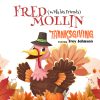



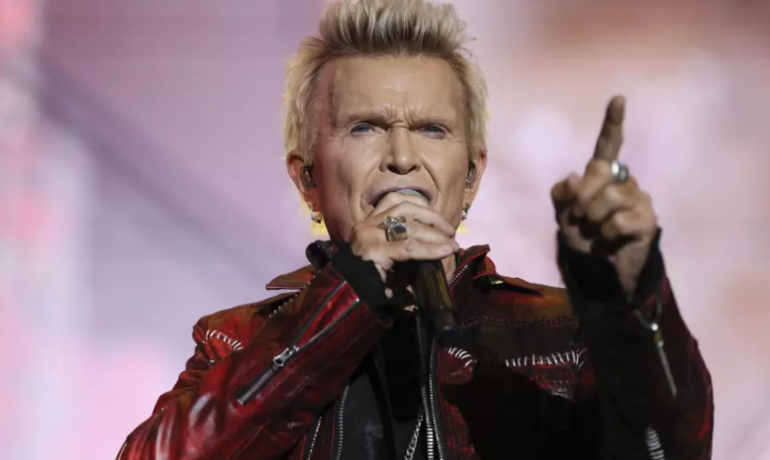



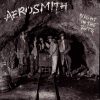





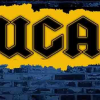



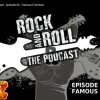




Post comments (0)